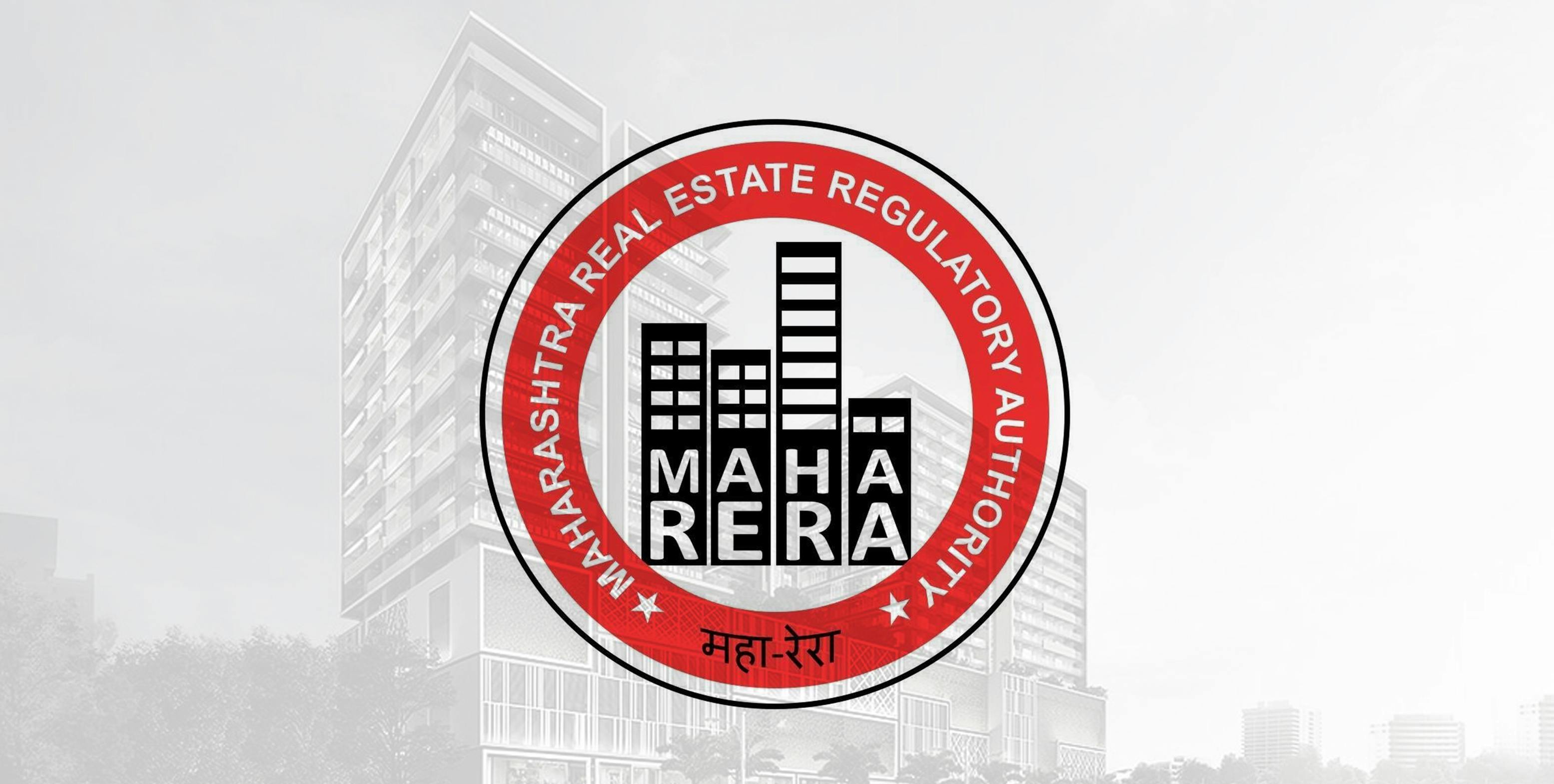Maha Rera
The state’s regulatory authority, MahaRERA was formed to promote the interest of buyers as well as promoters. At BramhaCorp, all our projects are RERA-registered. We abide by the rules and regulations as laid out by the body.
For any information regarding the projects, you can visit the MahaRERA website and get the latest update and all the facts pertaining to the project. Our customers can get complete peace of mind as far as the property deal is concerned.
What is RERA?
Under this law, every state is required to establish a regulatory authority that only deals with subjects related to the real estate sector. This team is known as the Real Estate Regulatory Authority i.e., RERA. All developers in the state are required to register their respective projects with this authority. The objective behind establishing this act was to protect the interests of the home buyer as well as boost the rate of investment in the real estate sector. Following section is a MahaRERA guide for you.
What is MahaRERA?
The Real Estate Regulatory Authority of Maharashtra is known as MahaRERA. Here are a few essential benefits of the RERA Act.
The calculation of the carpet area is standardized
Before this act was enforced there was no one way of calculating the carpet area of a property. Each builder had a different method of calculation that ultimately lead to a lot of confusion among the buyers. Due to the RERA Act, the same formula for calculation of carpet area is used among all developers.
The RERA act defines carpet area as, “the net usable floor area of the property, this excludes any external walls, the area under service shafts, exclusive balcony or veranda area, and exclusive open terrace area, but includes the area covered by the internal partition walls of the apartment.”
Low Risk of Builders Insolvency or Bankruptcy
Previously a developer was free to work on multiple projects at the same time and divert the funds raised from one project to another at his discretion. This would, at times, result in the developer using funds for purposes other than why it was rained and hence causing delays in the construction of the property or even bankruptcy in the case of the builder.
Due to the RERA Act, builders are no longer allowed to do this and are required to deposit 70% of the funds raised into a separate bank account, which can be withdrawn only based on completion of the project after being certified by a civil engineer, architect, and charted accountant. This ensures that all projects are completed on time.
In case of false promises made the right lies with the buyer
If there is a discrepancy between the commitments made by the developer at the start of the project and the actual building, the buyer is free to withdraw from the said project. In this case, the buyer is entitled to get a full refund of the amount paid in advance or claim interest and compensation on the same amount.
Amount of advance
Under the RERA Act, the builder is not liable to take more than 10% of the cost of the property as an advance or application fees before entering into an agreement of sale.
Right of the buyer in case of delays in possession
In case the builder is not able to complete the project on the given due date the buyer can either
Withdraw from the project, in which case they are entitled to a full refund along with the interest that is payable from the original due date of completion till the entire amount is repaid.
Or
Wait till the project is completed wherein the buyer qualifies for compensation along with interest that is payable from the original due date of a property to the time of actual completion of the property.
Right of the buyer in case of a defect after receiving possession of the property
If any structural defect or defect in the quality, service, workmanship, or provisions of the property is found within 5 years of receiving possession of the flat, the builder is obligated to rectify the defect within 30 days of the complaint. If they fail to do so, the buyer can claim compensation for the defect.
In case of a defect in the title, right goes to the buyer
The buyer is allowed to claim compensation for a defect in the title of the property at any time after the possession of the said property.
Right to information
The buyer is entitled to all information regarding the property, viz., the execution plan, the plan layout, status of stage-wise completion, and so on.
